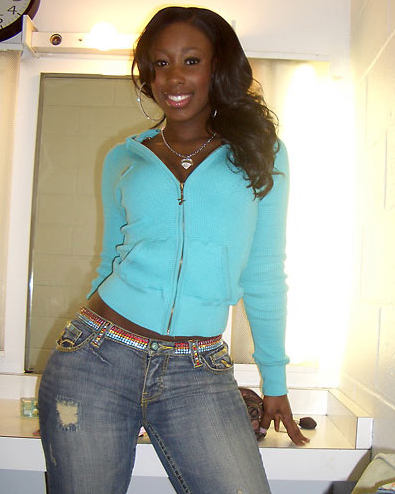“The Results of the First Five-Year Plan” (1932)
One of the earliest photocollages can be seen on the dadaist’s works in around 1915 that articulate their protest against the First World War. (see What is The Early Photocollage Like? (#1)).
Photocollage was also used by Varvara Stepanova, a Russian avant-garde artist (1894-1958). Stepanova is known as one of the forefronts of ‘constructivism’ movement in art, who keep away from contemplation and move toward activity and production.
In her work, “The Results of the First Five-Year Plan” (1932), Stepanova used the photocollage technique to depict the success and achievement of Stalin’s economy and industrialization program named The First Five-Year Plan that was started from 1928. She arranged graphics with some photos in three color tones (sepia, black and white, and red).
In this collage, we can see the electric transmission power and wire in red that symbolize the economic and industrial growth of the Uni Soviet. It becomes a background of Lenin’s photograph that shows him giving a speech. Under this photo, collage of the people crowd’s photographs in sepia and black-white color tones, express people’s support to this economic program.
CCCP’s flag waves above the people. CCCP is the Russian abbreviation for the Union of Soviet Socialist Republics (USSR). The number ‘five’ indicates the first five-years plan. Behind the CCCP’s flag, two speakers up to the air, echoing the five-years plan to the people.
After the overthrowning of the tsar, Russia experienced some great changes and uprisings. The culminated uprising is the October Revolution of 1917. The USSR was founded in 1922. Many people include the artist, hoped that the new socialist republic would bring a chance to eradicate corruption and poverty in Russia.
Photocollage techniques give the artist greater freedom to choose what kind of world that would be represented in the artwork. By arranging photos or creating an impossible angle, photocollage can present a surrealist effect. Although it gives a surrealist effect, the content could be real, like Hannah Höch’s work that depicts the struggle to resist the status-quo power in Germany. On the other hand, Photocollage can also express hope and even an ideology–the world that does not still exist yet in reality, like Stepanova’s work to support Stalin’s five-year plan.
“The Results of the First Five-Year Plan”, Varvara Stepanova


